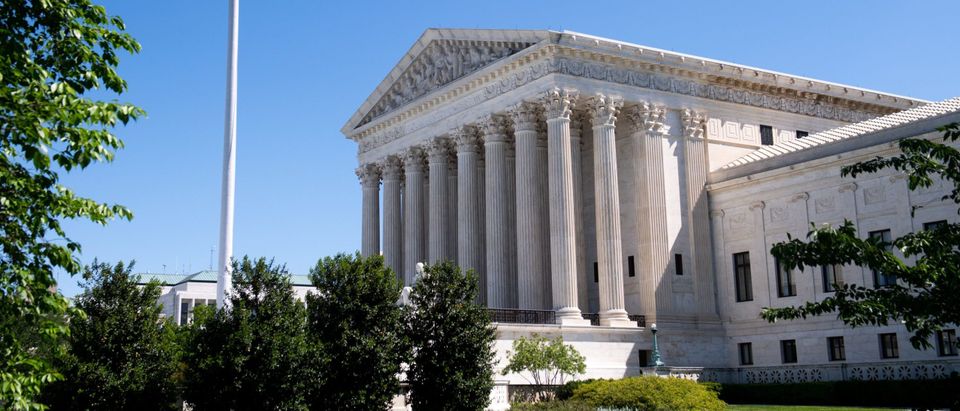President Joe Biden hasn’t told us much about the qualifications he is seeking in his nominee for the Supreme Court. Instead, the president has focused on race and sex, pledging to appoint the first black woman to the highest court in the land.
To be sure, a president should consider candidates from a wide range of backgrounds, but Biden’s criteria tell us nothing about the way a potential nominee will fulfill her role as justice. The president has not even mentioned judicial philosophy, even though Supreme Court justices’ judicial philosophy determines how we are governed.
The debate about judicial philosophy is actually a debate about democracy. Do we believe in government of, by, and for the people? Do we trust the American voters and their elected representatives with the hard decisions? Or would we rather that a group of nine unelected judges make the tough calls for us? Who do we want to be making the most important social, economic and political decisions?
The Founders had strong views on these questions. They believed in representative government, where the people decide the issues of the day. Indeed, so convinced was Alexander Hamilton that the judiciary’s role is not to dictate the answers to policy questions, that he famously described the federal courts as the “least dangerous branch.”
Although that line is quoted only ironically now, in the decades following the Founding, Hamilton’s humbler view of the Supreme Court was accurate. The Supreme Court was a rather sleepy institution. It heard approximately fifty cases during its first ten years. And the justices were required to “ride circuit” — an arduous task that saw them riding horseback and braving inclement weather to sit as federal trial judges around the expanding nation. This duty, coupled with the Court’s relatively low prestige, caused prominent individuals, reportedly Hamilton himself, to turn down a nomination.
To say that the Supreme Court has risen to power since those days is an understatement. Today, the Supreme Court ultimately weighs in on nearly every pressing issue. And so, the way in which a justice goes about the task of judging is of crucial importance.
Living constitutionalists see a need to make the Constitution “work” for contemporary America. This may mean updating the document to conform it to current moral standards. As President Woodrow Wilson put it, progressives seek “to interpret the Constitution according to the Darwinian principle.” Living constitutionalists, in other words, see the Constitution as an evolutionary document. One that is capable of being molded and shaped by evolving social norms.
The problem with such a theory is that it allows judges to impose their own views. Living constitutionalism allows judges to make rather than interpret law. Not only are judges ill-suited to this legislative adventure, the Constitution delegates law-making to the democratic branches. The people have a right to petition their elected representatives to vote one way or the other. And if their elected representatives are not responsive, they can elect someone else. When the Court decides a constitutional issue, however, that is the end of the story. The people are left without recourse (barring a constitutional amendment).
Justice Breyer himself once acknowledged the flaws of living constitutionalism. In a debate with the late Justice Scalia, he noted its inherent danger: “that a Justice might substitute what he thinks is right for what the Constitution actually says.”
His repartee was less than satisfying: “all I can do is be on my guard [and] try to look to objective circumstances.”
But a judge’s own humility, however well-meaning, is cold comfort, especially when she views the Constitution as an “evolutionary” document and believes in making the Constitution “work,” rather than interpreting its original meaning.
There is another way. Originalism and textualism depoliticize the judiciary. These theories give primacy of place to the words and original public meaning of the Constitution and federal statutes. Judges are not invited to make the law work or to impose what a judge believes to be the best policy outcome but to faithfully interpret the text enacted by our representatives. These theories limit judges to interpreting the Constitution and statutes, not rewriting them.
Justice Breyer recently reminded us that justices are not “junior varsity politicians.” One can hope that his successor will take these words to heart and adopt a mode of constitutional interpretation that implements rather than supplants the democratic process.
Erin Hawley is a senior legal fellow with Independent Women’s Law Center, attorney, and former law professor.


